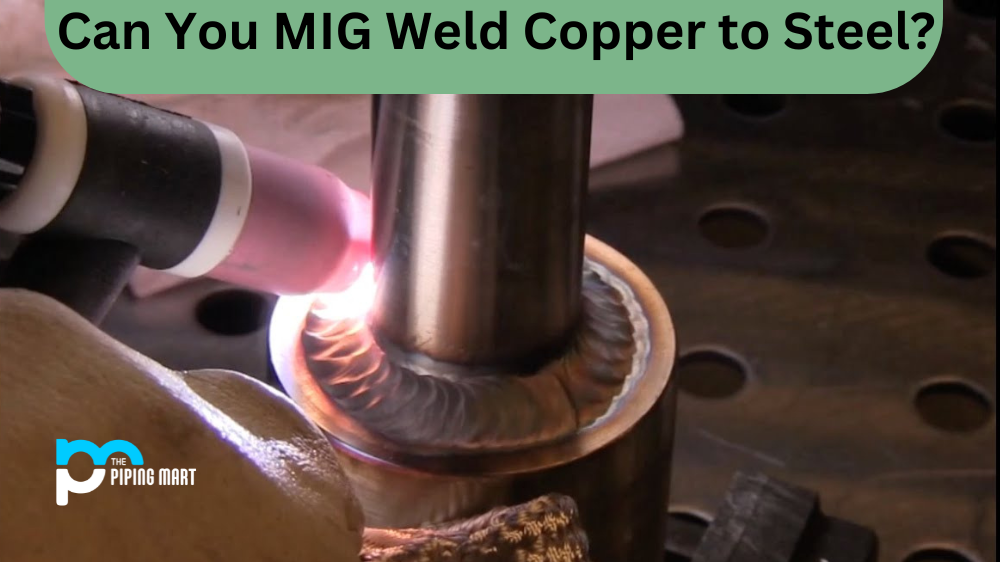Valves play a crucial role in controlling the flow of fluids in various applications, from HVAC systems to the manufacturing industry. Different types of valves are used depending on their functions and applications, and among the most commonly used are isolation valves and solenoid valves. But what exactly are they, and what sets them apart from each other? This blog post aims to provide an in-depth understanding of isolation and solenoid valves to help you choose the best option for your needs.
What is Isolation Valve?
Isolation valves are designed to completely shut off the flow of fluids in a pipeline. They are typically used in plumbing systems or pipelines for maintenance, allowing a portion of a plan to be isolated and worked on without turning off the entire system. In addition to care, isolation valves are also used for safety measures. In an emergency or system breakdown, an isolation valve can shut down a portion of the system and minimize damage.
What is Solenoid Valve?
Solenoid valves, on the other hand, are designed to regulate the flow of fluids automatically. They work by using an electrically controlled solenoid coil to actuate the valve. Solenoid valves are commonly used in irrigation, HVAC, and medical equipment applications. They are known for their precise control and high-speed action.
Difference Between Isolation Valve and Solenoid Valve
Which One to Choose?
The choice between isolation and solenoid valves depends solely on their respective applications. An isolation valve is the best option if you need to shut down an entire pipeline or system for maintenance. On the other hand, if you need to control and regulate the flow of fluids automatically, then a solenoid valve is a great choice. It is important to note that some systems may require isolation and solenoid valves for optimal control and safety.
Factors to Consider
When choosing between isolation and solenoid valves, several factors must be considered. These include the fluid type and pressure, temperature range, size, and material compatibility. You need to choose a valve that can handle the specific conditions of your system to ensure optimal performance and longevity.
Other Differences
- Isolation valves shut off water flow to a particular fixture or appliance, while solenoid valves control water flow through a piping system.
- Isolation valves are typically installed on the main water supply line to the home, while solenoid valves are installed on the branch lines that lead to individual fixtures and appliances.
- Isolation valves are operated manually, while solenoid valves are conducted electronically.
- Isolation valves are less expensive than solenoid valves.
- Solenoid valves are more energy efficient than isolation valves.
- Solenoid valves can be used with timers and other electronic controls to automate the operation of a plumbing system, while isolation valves cannot.
- Solenoid valves are available in various sizes and configurations, while isolation valves are typically only available in a limited number of dimensions.
- Solenoid valves can be used for residential and commercial applications, while isolation valves are primarily used in residential applications.
- Conclusion
Choosing between isolation and solenoid valves boils down to their respective applications and the specific needs of your system. It is essential to understand the role and functions of each type of valve and their particular requirements and limitations. Consulting with a valve manufacturer or distributor can provide valuable insights and recommendations. With the correct valve choice, you can ensure safe and efficient fluid control in any application.

A passionate metal industry expert and blogger. With over 5 years of experience in the field, Palak brings a wealth of knowledge and insight to her writing. Whether discussing the latest trends in the metal industry or sharing tips, she is dedicated to helping others succeed in the metal industry.




